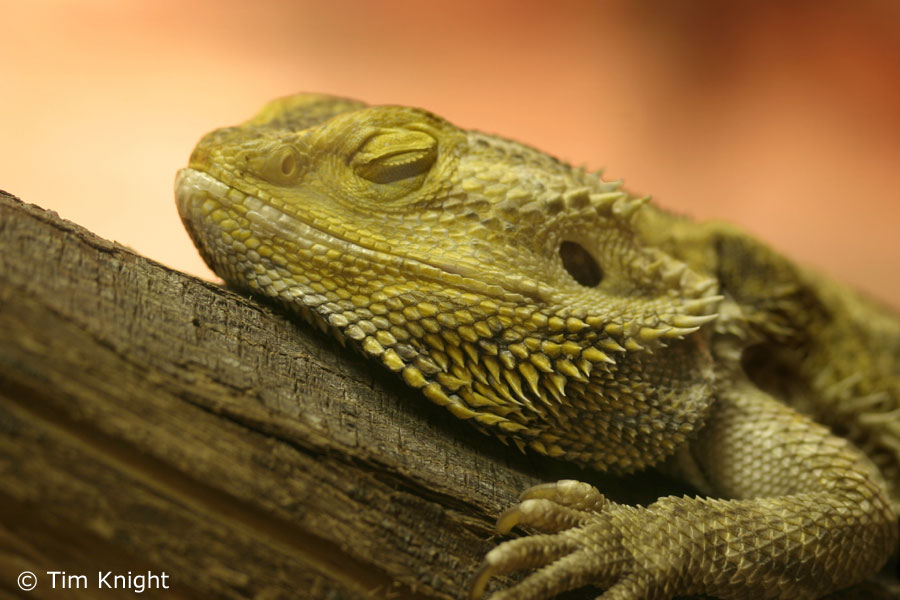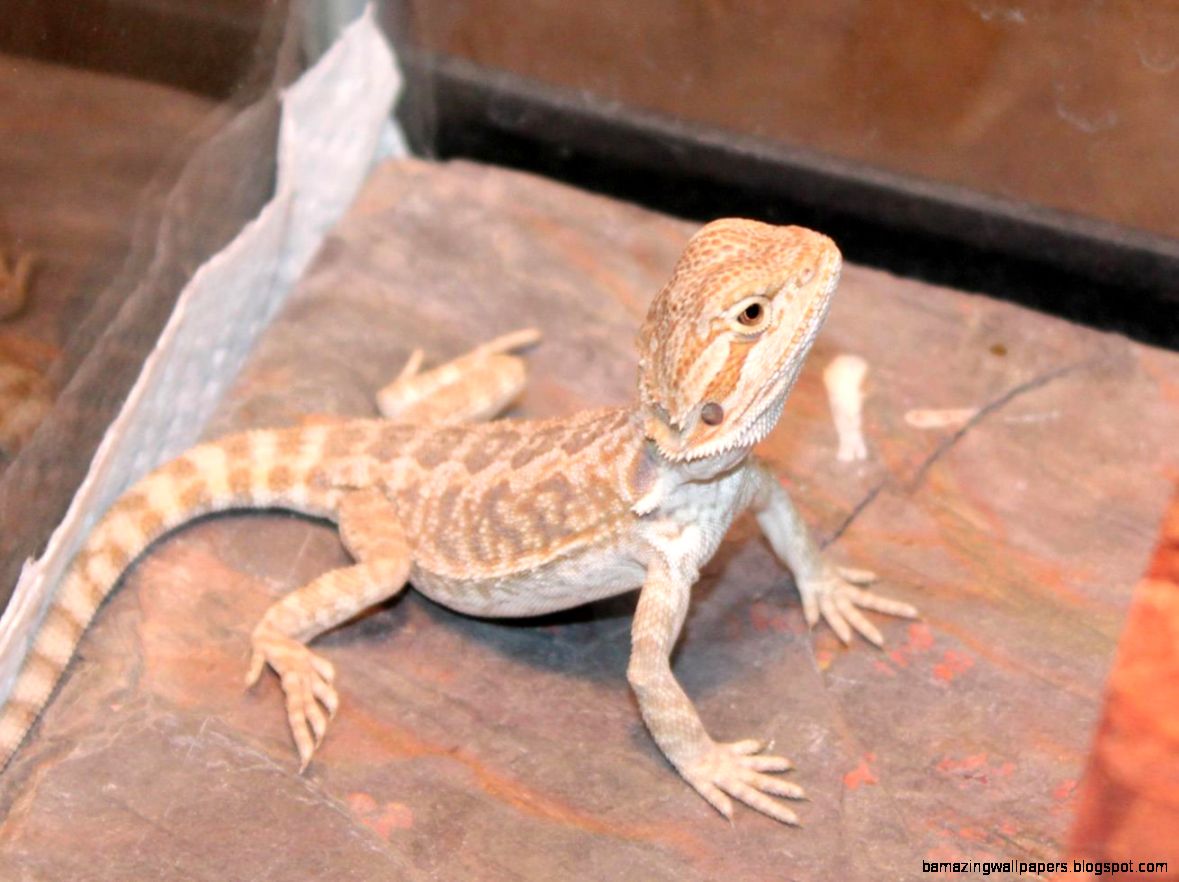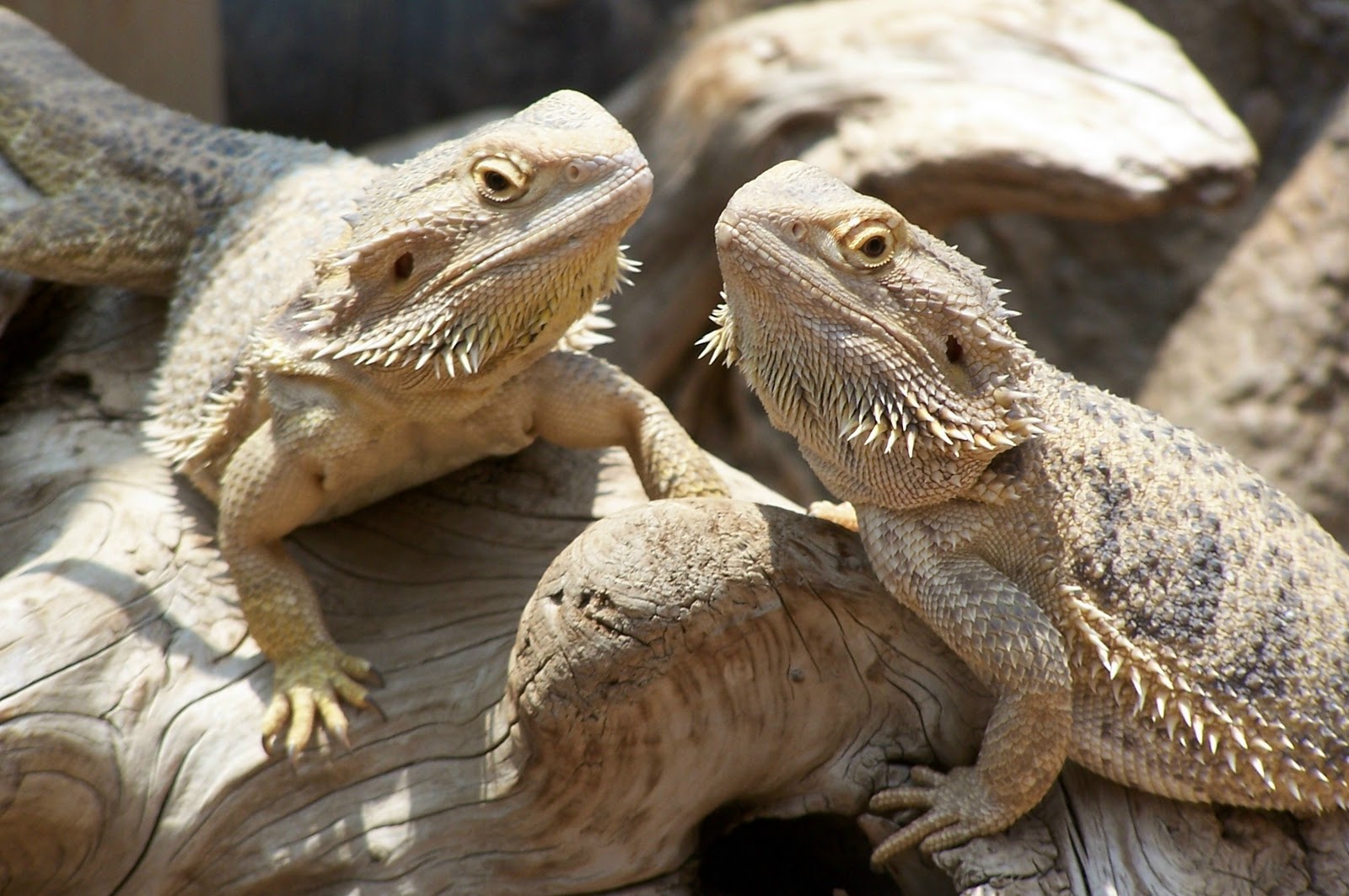The Ultimate Guide: How Big Should a Bearded Dragon Be at 1 Year Old?
Introduction
Bearded dragons are one of the most popular pet reptiles in the world. They are known for their friendly nature and unique physical characteristics. One of the most commonly asked questions about bearded dragons is how big they should be at 1 year old. In this article, we’ll explore the answer to that question and more.
Bearded Dragon Growth and Development
Bearded dragons have a unique growth and development pattern. It is essential to understand natural growth rates to track your bearded dragon’s development.
From the time of their birth, bearded dragons grow rapidly for the first six months of their life. After that, their growth slows down, and they become sexually mature. The average size of a year-old-bearded dragon ranges from 13 to 18 inches. However, if their growth is stunted or stalled within 12 months, it can create numerous health concerns.
Factors That Affect Growth
Several factors affect the growth of bearded dragons; these include:
- Genetics
- Proper nutrition
- Environment
- Temperature and light
- Disease or illness
These factors play an essential role in the growth and development of bearded dragons. Factors such as nutrition, environment, and temperature and light settings are under the owner’s control. Genetics determine their size to some extent. Select the right bearded dragon species that reach an optimal adult size rather than looking for a giant sized species.
Ideal Body Condition
Body condition is another essential element when it comes to your bearded dragon’s growth. Like dogs and cats, they have a specific body condition for ideal health. In general, a healthy bearded dragon should:
- Have clear eyes and nostrils
- No cuts, bruises, or other injuries
- A rounded belly (not bloated or sunken)
- Be active and alert
- Be able to walk and run with ease
- Have symmetrical toes and limbs
Feeding Your Bearded Dragon
Proper nutrition is vital for your bearded dragon to grow and reach a healthy size. Feeding them a balanced diet is critical. Here is a list of foods that you can feed your bearded dragon:
- Insects, such as crickets and mealworms
- Vegetables, including leafy greens, squash, and carrots
- Fructose, such as apples or bananas
- Supplements, including calcium and vitamin D3
The diet should consist of 60% insects and 40% vegetables. Young bearded dragons should be fed insects protein twice a day, and vegetables can be given once a day, as long as the insects are gut loaded or fed with high-quality feed. Adult bearded dragons can be fed a protein meal every other day and vegetables daily. It’s also essential to provide access to fresh water at all times.
Conclusion
In conclusion, bearded dragons require proper nutrition, environment, and care for them to thrive and grow. On average, a healthy year old bearded dragon should be between 13 to 18 inches long. Monitor their growth, body condition, and provide appropriate feeding and husbandry to make sure they remain healthy and reach their full size potential. If in doubt, consult with exprienced reptile vets to ensure your pet’s well-being.





